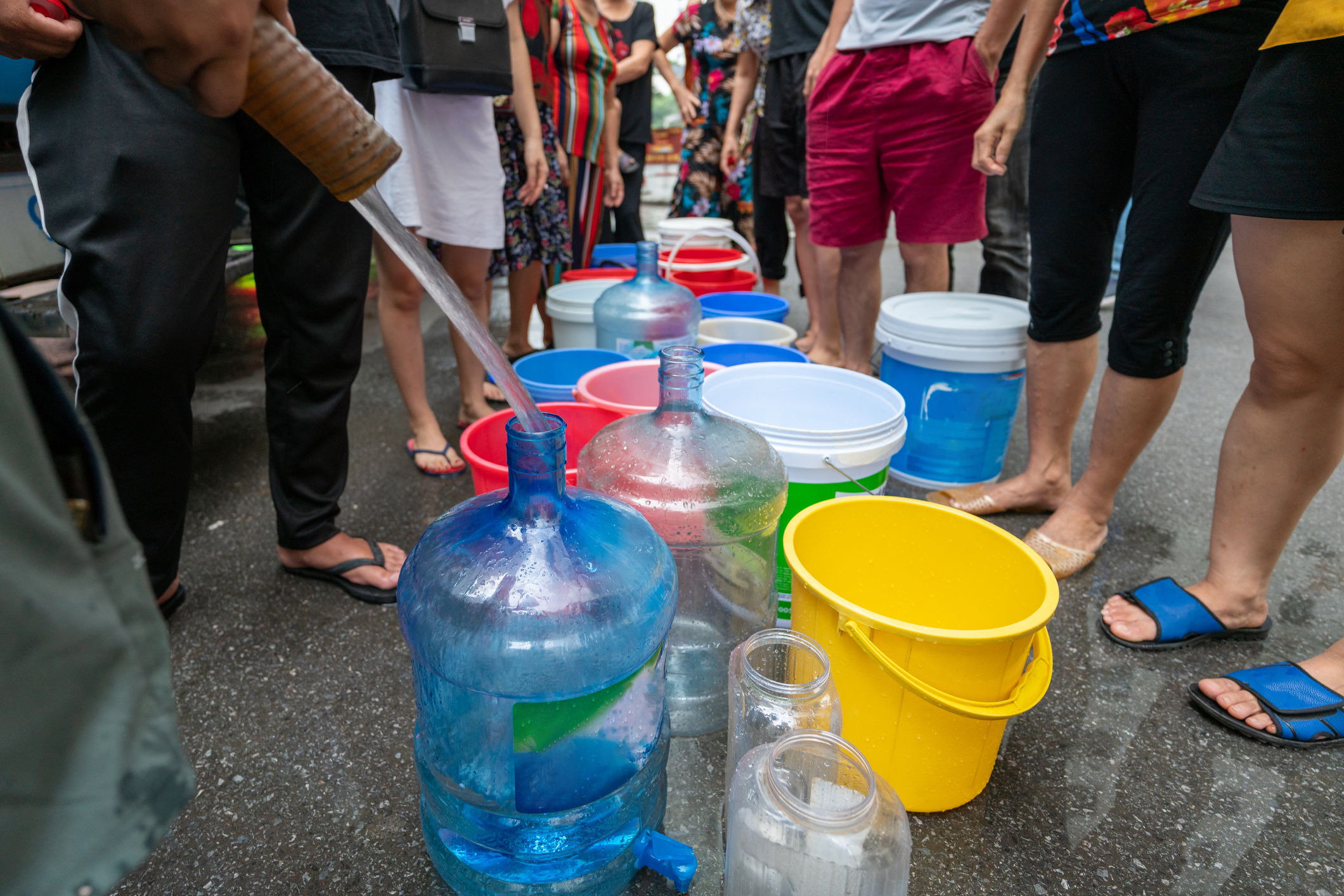Day Zero | How to Prevent Disaster

By: Adam Stephenson | Jul 06, 2022
Imagine turning on your water tap at home, and nothing comes out? Picture the water level in lakes and reservoirs so low that the drinking water supply must be shut off. How would it feel to lug empty jugs in line at a community water station patrolled by armed guards to receive your daily ration? Welcome to day zero…
In this article we will discuss what day zero is, how we get to it, and what we can do to prevent it from happening. The goal of this article is to encourage a proactive approach to day zero and have tough conversations now, before it is too late.
Day zero
The day zero scenario above is not the plot line of some post-apocalyptic movie, it was almost the story of Cape Town, South Africa. In 2018, Cape Town was about three months away from day zero. They were so close that the town had to restrict residents to just 13 gallons of water per person per day. This rationing bought enough time for alternative water sources and infrastructure projects to be completed to avoid day zero. But it was the closest a major city had come to running out of water.
Day zero happens when water sources become depleted, and municipalities must shut off the potable water supply. Many dams and water pumping equipment have a limit to how low source water levels can get before the equipment no longer functions. The pumps supplying water to an area either run dry or start to clog with mud when the source water level drops to extreme lows.
So, could this happen in the US? Yes. A 2018 article from the British Broadcasting Corporation listed Miami, Florida as one of 11 cities in the world most likely to run out of drinking water. Bloomberg.com reports that “many (US) cities aren’t prepared for the water scarcity that lies ahead.” How could this happen in a major US city?
How did we get here?
There are many causes for low water supply levels. Increased demand, reduced rainfall, drought, and pollution are all contributing factors to a reduction in the water supply. In Miami’s case, the water supply is threatened by saltwater intrusion caused by a project that drained nearby swamps. The swamps were a buffer that prevented Atlantic Ocean saltwater from contaminating the Biscayne aquifer, which is the city’s main source of fresh water. When the swamps were drained it allowed saltwater to intrude into the aquifer and threaten Miami’s freshwater supply.
How do we stop day zero?
This is a cooperative effort that needs to happen not only at community level but also at a global level as we all share water. In many cases, improving infrastructure and finding alternative sources of water would alleviate some of the issues. Emerging technology such as atmospheric water generators (AWG) are also needed to keep up with growing demands and limited supplies. An AWG can produce potable water from the surrounding air. There are home-based units that can produce 1 liter of water and commercial units that can make 10,000 liters (about 2641.72 gallons) per day. So, the day zero problem is not hopeless.
The important thing to remember is we need to be aware of the problem now so that a proactive approach can be taken. It is naïve to think this can’t happen in our town. Be thankful when you turn on the tap and ask what your town or city is doing to prepare for day zero.

